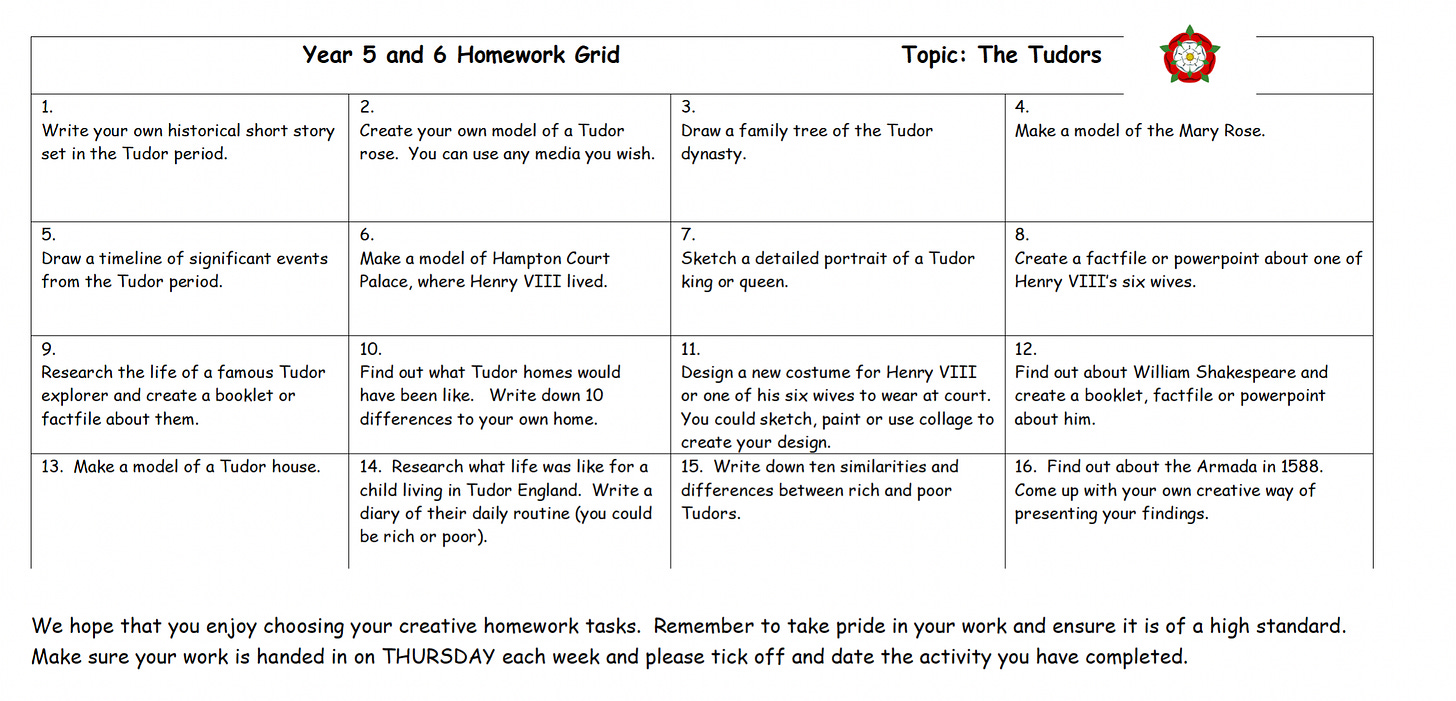In the world of primary education, subjects such as PE, Music and Art are well represented in the form of clubs and out of school activities: sporting fixtures, choirs and the like often abound as part of a school’s extra-curricular offer. How can History form a wider, integral part of school life?
The aim of this piece is to offer some suggestions to generate enthusiasm and excitement for History amongst pupils and their families and promote History as part of the wider life of a school and community.
Commemorate and celebrate:
During the course of a year, there will be some significant events (locally and worldwide) that should rightly be marked. For example, in our school, we commemorate Remembrance Assembly at the end of October. This comprises a whole school assembly on the subject, discreet sessions in class and a visit to the local war memorial on Remembrance Sunday by some of the pupils who represent our school by laying a wreath. This is also a great opportunity to be part of the wider local community.
The main event of 2022, of course, was the Queen’s Platinum Jubilee: bunting was put up, flags were waved and parties were held. However, there was more to the Jubilee than this; it was a a historical event of great significance. We celebrated this event with a whole school assembly led by myself, explicit History sessions in class on Elizabeth II’s reign where timelines were constructed and the reign of Elizabeth II was examined providing meaningful learning to explain the celebration. And yes, children came to school wearing red, white and blue, had a special Platinum Picnic and enjoyed a great day. One member of my class even chose to come wearing 1950s dress.
These are just two examples but there is plenty of scope for this throughout the academic year on a variety of themes/events.
Homework:
Homework is a fantastic opportunity to enrich children’s subject knowledge and research skills in History. It also gets other family members involved with their child’s learning.
Pupils in my school take home a homework grid each half term based around the theme they will be learning about. This can be done for any topic. There are a range of tasks to choose from artwork and model making to researching an aspect of the period they are studying and presenting it in various ways, creating timelines, finding out about the geography of the period and showing this using maps and finding out about famous significant individuals from that period.
Here are a couple of examples:
The really great thing about this format for homework is that pupils are able to find out about aspects of History that can’t be covered as part of the normal curriculum. For example, pupils might research food and drink from World War 2 (or even recreate a dish), research entertainment in Tudor England or find out what life was like for Roman women. This vastly extends pupils’ general knowledge of a topic and creates a real love of History amongst many of them. Many pupils come to tell me interesting facts that they’ve found out from their own research.
A homework task such as making a model of a Roman shield involved much more than just having fun making the shield. Pupils will need to know what Roman shields looked like and how they were shaped and how the army used them in battle before they can make their replica artefact. It provides background knowledge and pupils can really explore the areas they are interested in and develop their own independent research skills. The task might even inspire them to want to learn more about a particular area.
One pupil who made a model of a Tudor house (above) was able to explain what materials Tudors used to build their homes, that the upper storeys were larger than the lower ones and what life was like in a town during the Tudor period. The model was an inroad that ignited his curiosity to discover more.
As I mentioned above, the grid can be done for all topics and it’s easy to create cross curricular links between subjects (i.e. finding out about the history of electricity/famous inventors in a Science driven topic).
Next time, I’ll be blogging on more ways History can become a wider part of life both in school and out.







